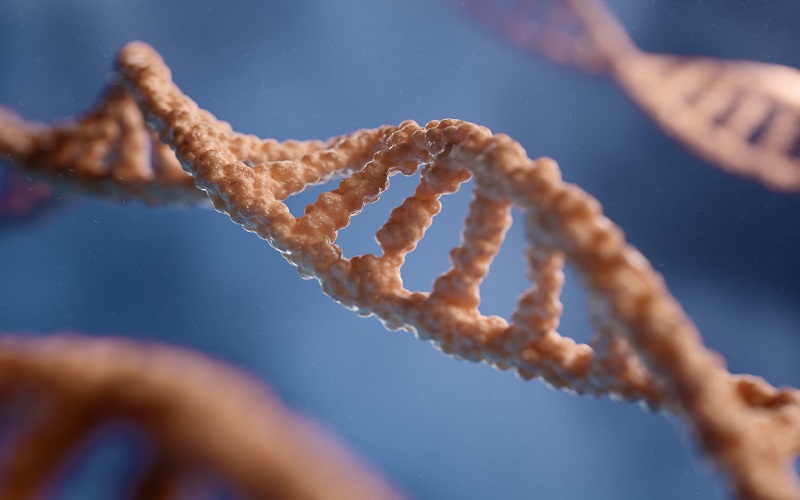As technology continues to advance at an unprecedented pace, new methods are being developed to explore the intricate world of molecular interactions. One such technique that has gained significant attention in the field of biophysics and biochemistry is Surface Plasmon Resonance (SPR). In this article, we will delve into the intricacies of SPR, its mechanism, advantages over traditional Elisa, and its limitations.
1. What is surface plasmon resonance?
The surface plasmon resonance technique is a label-free and real-time method used to study biomolecular interactions. It emerged as a groundbreaking tool in the late 1980s, revolutionizing the way scientists investigate molecular recognition events. SPR measures changes in the refractive index at the interface between a metal film and the sample being analyzed.
2. What is the mechanism of SPR assay?
So how does the SPR assay work? This technique employs the principle of surface plasmon resonance, which occurs when polarized light strikes the metal film-coated surface at a specific angle known as the resonance angle. When a biomolecule, such as a protein or DNA, binds to a ligand immobilized on the metal surface, it causes a change in the refractive index near the metal surface. Consequently, this alters the angle at which the light hits the interface, resulting in a shift in the resonance angle.
3. What is the advantage of SPR over ELISA?
One of the key advantages of SPR over traditional Enzyme-linked Immunosorbent Assay (Elisa) is its ability to offer real-time and label-free monitoring of biomolecular interactions. Elisa relies on the use of fluorescent or enzyme-labeled detection molecules, which can introduce variability and potentially alter the behavior of the molecules under investigation. SPR, in contrast, allows for the direct observation of binding events as they occur, providing valuable kinetic information about the interaction.
Furthermore, the label-free nature of SPR eliminates the need for extensive sample preparation, reducing the time and resources required for analysis. This attribute makes SPR an attractive option for high-throughput screening, where large numbers of interactions need to be evaluated rapidly.
4. What are the limitations of SPR?
However, despite its advantages, SPR is not without its limitations. For instance, SPR experiments require careful design and optimization to ensure the accuracy and reliability of the results. The immobilization of ligands on the metal surface poses a challenge, as it can affect the conformation and activity of the molecules. Additionally, SPR assays may be limited by the availability and quality of suitable ligands, as well as the solubility of the analytes being studied.
The type of metal used in SPR experiments also plays a crucial role, with gold being the most commonly employed material due to its excellent plasmonic properties. However, the cost associated with using gold films can be prohibitive, especially for academic researchers with limited budgets. As a result, alternative materials, such as silver and aluminum, have been explored to overcome this limitation.
5. Conclusion
In conclusion, Surface Plasmon Resonance is an invaluable technique that has revolutionized the study of biomolecular interactions. Its real-time, label-free monitoring capabilities provide insights into the kinetics and thermodynamics of binding events. Its advantages over Elisa, including reduced sample preparation requirements and high-throughput screening potential, make it an attractive option for researchers. However, careful experimental design and optimization are necessary.








